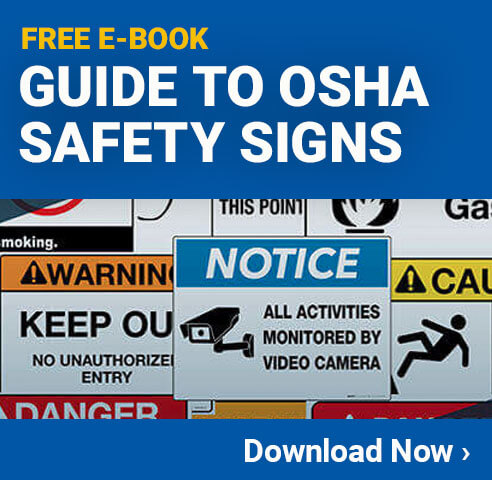
 Corrosive substances are extremely hazardous to human health and pose a danger to the workplace due to its corrosive properties. Any chemicals, whether it is in a liquid, solid, vapor, or gas state, that will dissolve the structure of an object is referred to as corrosive. Corrosive chemicals be an acid, base, or oxidizer and some common chemicals falling under the category include: hydrochloric acid, sulfuric acid, nitric acid, ammonium hydroxide, sodium hydroxide, etc. It is important that corrosive chemicals be marked with the GHS-approved pictogram.
Corrosive substances are extremely hazardous to human health and pose a danger to the workplace due to its corrosive properties. Any chemicals, whether it is in a liquid, solid, vapor, or gas state, that will dissolve the structure of an object is referred to as corrosive. Corrosive chemicals be an acid, base, or oxidizer and some common chemicals falling under the category include: hydrochloric acid, sulfuric acid, nitric acid, ammonium hydroxide, sodium hydroxide, etc. It is important that corrosive chemicals be marked with the GHS-approved pictogram.
As soon as workers are exposed to corrosive chemicals, they are at risk. On contact, corrosive materials can:
- Destroy body tissue and the longer it touches the body, the worse the injuries will be.
- Burn or blister the skin; severe burns may even cause death.
- Irritate or burn eyes, leading to scars or permanent blindness.
If a corrosive substance happens to be swallowed, it can burn the mouth, throat, lungs in digestive system. In the serious nonfatal cases, the throat can be permanently scarred, and the individual could lose the ability to swallow. Breathing in corrosive vapors will burn the lining of the nose, throat, and lungs. Prolonged exposure or particularly concentrated chemicals can result in the fatal build-up of fluid in the lungs (pulmonary edema).
The use of personal protective equipment plays a critical role when it comes to handling or working around corrosive chemicals. Because of the serious hazards associated with corrosive substances, workers donning the proper PPE can mean the difference between staying safe and suffering permanent injuries. PPE made from chemical-resistant rubber, like safety gloves, goggles, aprons, or acid suits, must to be provided to workers.
There are a number of other risks to be aware of when storing or handling corrosive substances. Metals in the workplace can be corroded, causing iron to rust or silver to tarnish. In the industrial workplace, equipment, containers, or the building may be damaged, and in some cases, a toxic gas may be produced. Some corrosive chemicals may be flammable or combustible or have severe dangerous reactions when in contact with other chemicals so it is crucial to consult the safety data sheet to understand associated hazards and precautions that must be taken.
Similar Glossary Terms
- Chemical Burn
- Anhydrous Ammonia Refrigeration
- Fire Diamond
- Flammable Liquids
- Health Hazard
- Acute Exposure
- GHS Hazard Pictograms
- Asbestos Exposure
- Acute Toxicity


